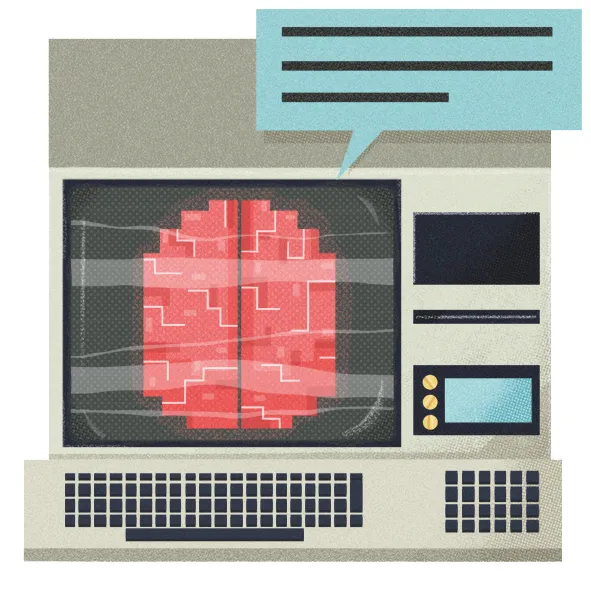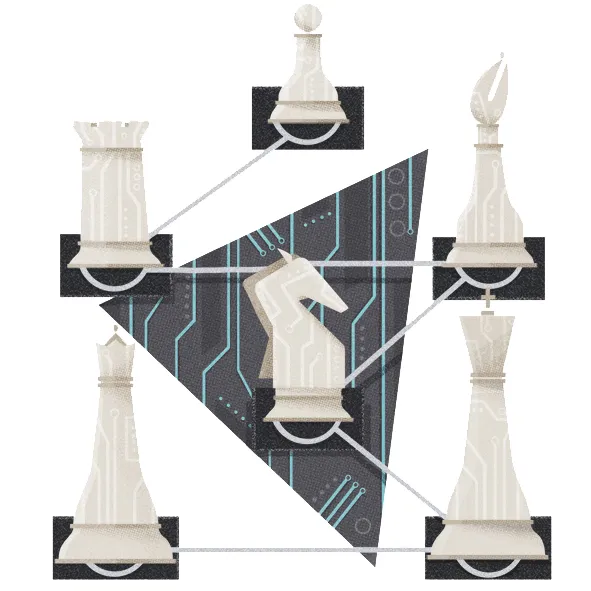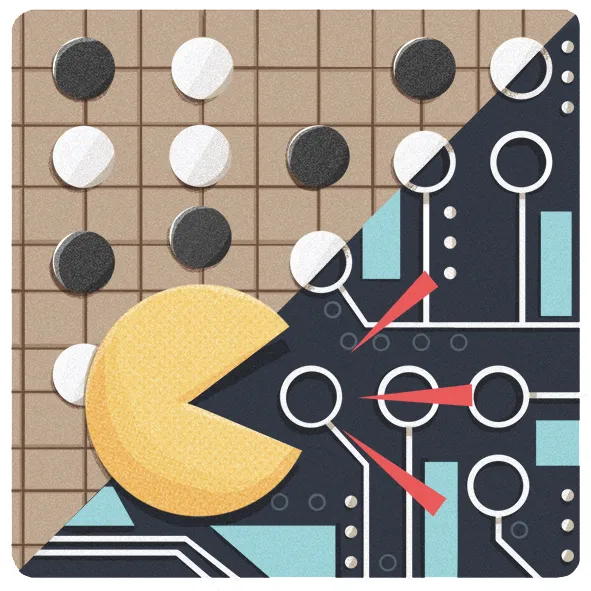Robots are customarily portrayed in sci-fi movies as futuristic creations that walk on two legs and think like a human. But this isn’t really an accurate portrayal, as we’ve been using robots of one kind or another for some time – they just look a bit different. Some of the earliest programmable machines ever invented were looms made to weave fabric in the early 1800s, while robot arms have been used in our factories since the 1960s, and the military have used robotic weaponry such as cruise missiles since WWII.
In fact, these days our everyday lives are practically overrun by robots hiding in plain sight. Our dishwasher is a robot that stands permanently in the kitchen, washing away the remnants of our meals; our vehicles are robotic devices that listen to the movement of our hands and feet, and manage the firing and transmission of a combustion engine, the movement of suspension, and the braking of wheels. Even our alarm clocks are little robots that follow a simple program to make sure we wake up at the right time. But how close are we to creating the thinking machines of science fiction? Not too far it would seem, as these smart robots from history would suggest:
Eliza (1966)

One of the first examples of a chatterbot. When running a script dubbed DOCTOR, ELIZA could ask and answer questions like a psychotherapist. It didn’t understand a great deal, but with some clever programming was still able to convince many users of its intelligence.
Virtual Creatures (1994)

Computer artist and researcher Karl Sims created a group of virtual creatures that inhabited their own virtual universe. Using genetic algorithms, they evolved until they could swim, crawl, jump and compete against one another. Unfortunately, they were too concerned with their own virtual lives to talk to us.
Deep Blue (1997)

Deep Blue was catapulted into public consciousness when it won a chess game against grandmaster Garry Kasparov – the first supercomputer to achieve such a feat. However, it was given a lot of help from human programmers and used pretty basic AI methods to think of its moves, so maybe it was not so bright after all.
IBM Watson (2011)

IBM Watson was the first AI to beat human players at US TV quiz show Jeopardy!. This AI was clever enough to process text and then found likely answers to the questions asked using its internal body of knowledge, which comprised around 200 million pages of content. Sadly, it struggled to answer some basic questions.
Deep-Q Network (2015)

This earlier work from the team behind AlphaGo, the AI that defeated a master of the complex Japanese strategy game Go, learned how to play 49 classic Atari games just by looking at the screen – it didn’t get any help from programmers. While it was brilliant at a lot of the games, it couldn’t get the hang of Pac-Man.
Follow Science Focus onTwitter,Facebook, Instagramand Flipboard
